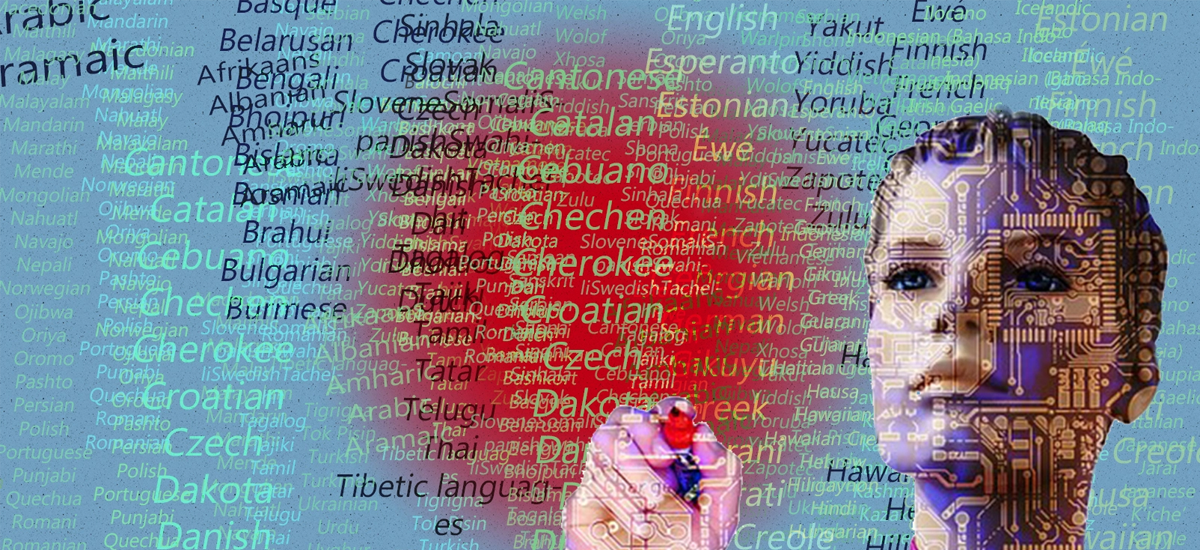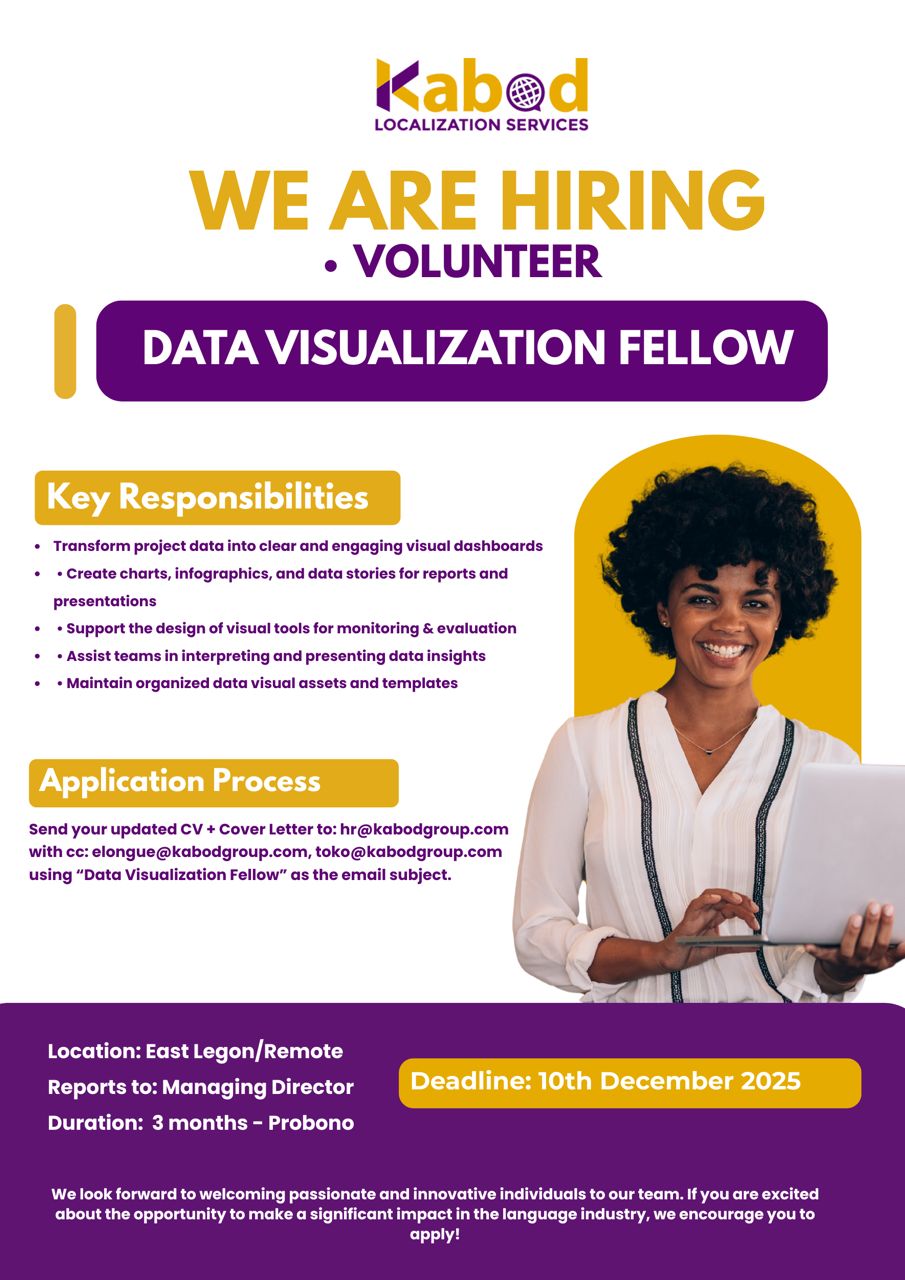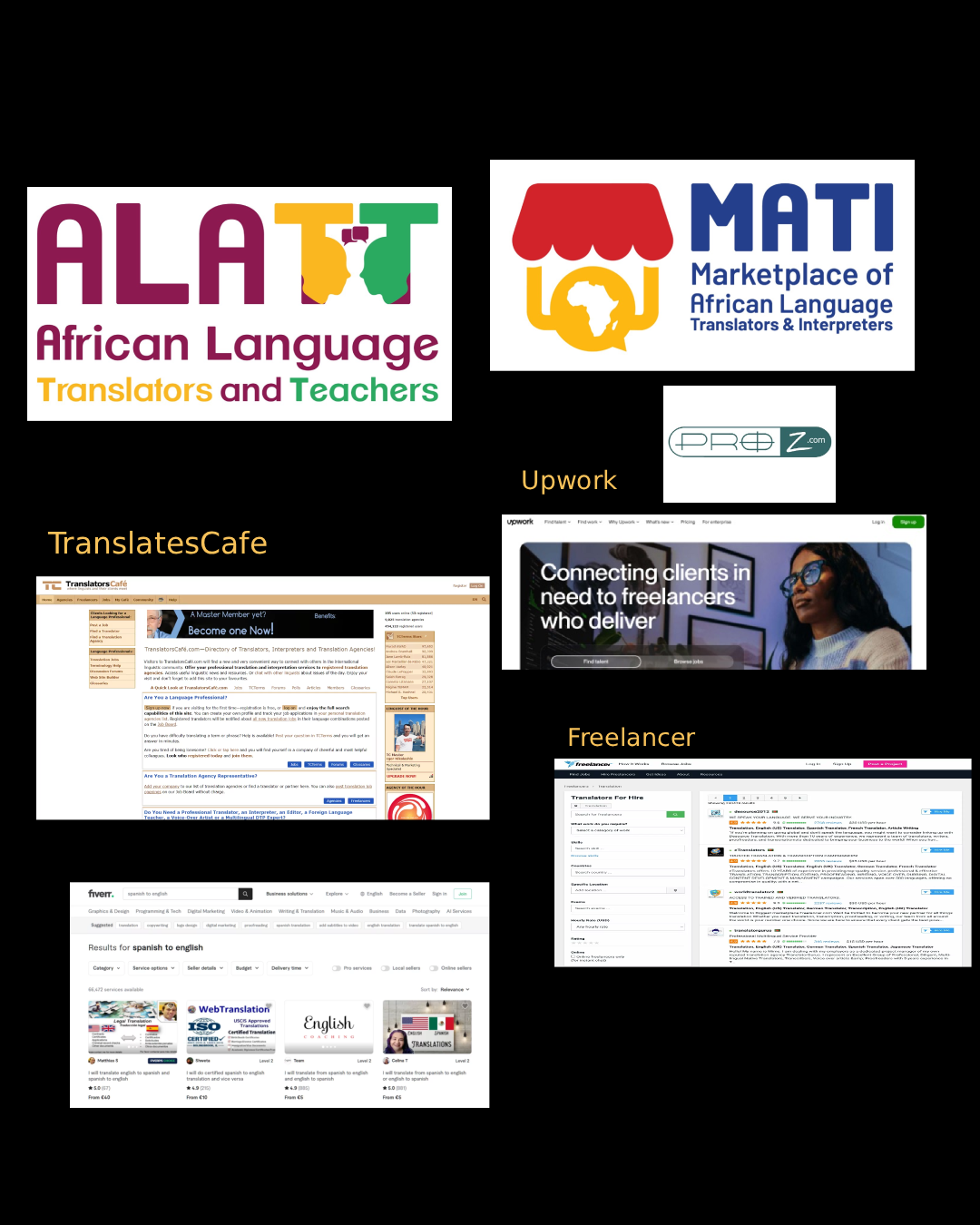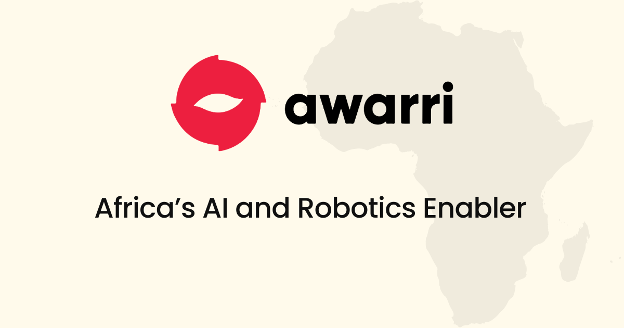Athchomar chomakea everyone!
Do not be shocked, these two words are from the Dothraki artificial language used to say “hello” to non-Dothraki people. I know for sure that no one is a Dothraki here. Are you?
“taH pagh taHbe’. DaH mu’tlheghvam vIqelnIS”.
This beautiful sentence is in Klingon language for Hamlet’s famous line, “To be or not to be, that is the question.” (Translated by Nick Nicholas and Andrew Strader). You are certainly wondering what all this is about. Well, today we are going to discuss artificial languages.
Language facilitates communication and helps us transmit vital information around the world. But have you ever wondered about the genesis of languages? Who creates languages? How do they come about?
All languages start as artificial languages before being called natural languages and used by everyone. They remain artificial languages as long as they are not lingua francas, consistently being spoken by a group of people.
What are artificial languages?
Artificial languages are languages created by individuals for specific purposes. They are sometimes called planned languages. A study by Robert Isenberg defines artificial languages as “any language whose lexicon and grammar were developed by an individual source for the sake of itself. An individual source refers to either one creator or a select body of creators. A great deal of time might transpire over the course of its development, but when it is released to others, the language must be communicatively functional – i.e., the system can be used to convey many ideas”.
Artificial languages are being created frequently, either for artistic purposes, study, or personal will. They reflect the beauty of language in the sense that they emanate from the creativity and imagination of humans and contribute to the multiplicity of languages in the world.
One of the most popular artificial languages used in real life is Esperanto, invented by a Polish Jew in 1887. Esperanto, which literally means, “one who hopes” was created by Ludwig Zamenhof from a blend of English, German, Latin and Romance elements. Today, it is spoken worldwide by about two million people.
Are you a fan of movies? Have you watched the popular series called “Game of Thrones?” or the movie Avatar? Did you know that the languages used in those movies and many others were created for the specific purposes of these movies?
Let’s look at more examples of existing artificial languages!
- 5 Examples of artificial languageThere aremany examples of artificial languages, including:Nadsat: It is an artificial language created by Anthony Burgess. He created that language for his novel called “A Clockwork Orange”. The word Nadsat originates from the Russian надцать [na´dsat], which translates as “teen”. Not exactly a real language, with a fully independent grammar and extensive vocabulary (like the examples in Tolkien’s sagas), it is the slang used by the juvenile delinquent anti-heroes of A Clockwork Orange.
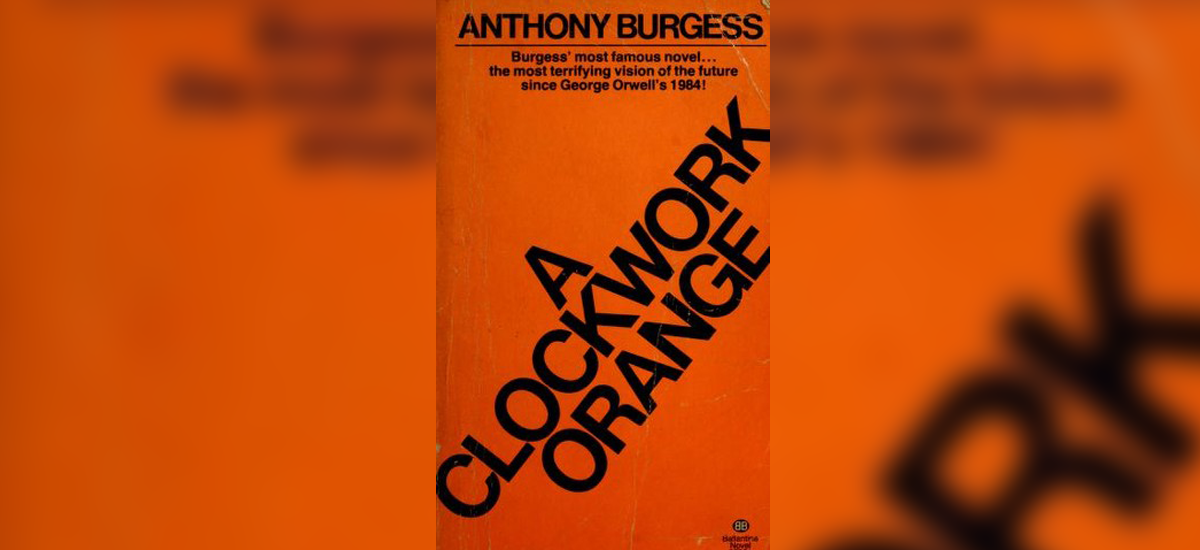
- Klingon: Also called “the warrior’s tongue”, was first spoken by actor James Boohan in a movie in 1979 called “Star Trek, the Motion Picture”. The inventor of the language, Dr. Marc Okrand, is a professional linguist who responded admirably to the challenge of creating a language for an alien race. As per the Klingon Language Institute (KLI) website, the language has been developed from gibberish to a proper tongue with its own writing system, grammar, vocabulary, figures of speech, and regional dialects” (Summa Linguae). KLI works to expand the language, both through the addition of new words and expanded grammar. They are also publishing more translations and original stories, considering themselves as the galaxy’s fastest growing language.
- Elvish: This language was created by The Elvish Linguistic Fellowship, which is an international organization devoted to the scholarly study of the invented languages of JRR Tolkien. The Elvish language was created in two main forms, which are Quenya and Sindarin. Verses in these languages are found in Tolkien’s most popular works, “The Lord of the Rings Trilogy” and “The Silmarillion”. But also, in the movie adaptations of the Ring novels, including “The Hobbit”.
- Dothraki: It was created for the movie “Games of Thrones”, by Peterson, who took his inspiration from the language of the Mongols of the time of Ghengis Khan. That means that their vocabulary reflects their lifestyle and landscape. The language is based on the words and phrases from Martin’s books and on borrowed words from Turkish, Russian, Estonian, Inuktitut, and Swahili. Learn more languages spoken in the series “Games of Thrones” using this link: Lingoda. Some example of these words are San athchomari yeraan! which can be said as thank you since according to the author, the Dothraki language does not have “thank you”. Another word is Fonas chek, which translates to “hunt well,” is one way to say goodbye,
- Toki Pona: This language was created by a Toronto-based translator and linguist and could be the smallest language with little more than 100 words and 14 letters.Toki Pona mainly borrows from European languages such as English, Finnish, and Dutch, but also from Chinese, Acadian French, and Tok Pisin.
- Na’vi : This is a language constructed for the popular movie Avatar by James Cameron who created a few words and later hired a linguist to make the language real in the movie and spoken by the Na’vi. The language follows in the footsteps of other conlangs constructed languages that have since fascinated people enough to want to learn it themselves. Some expressions you might remember are zìsìt which means “year”, ’awve which means “first”, muiä meaning “fair”, tskxe which is “rock”, uniltìrantokx meaning “avatar” (dream-walk-body).
You would probably like to create your own artificial language as well. But do you know how to create them? Is there a process to follow? Are there rules? How do they go about it?
Let’s look at that in the next point!
The process of creating artificial languages
Together, let’s explore how we can create our own artificial language.
- Name your language: Choose the name of your language depending on the nature of the people meant to speak it and the environment.
- Build grammar rules: Grammar rules are very important when it comes to languages because they reflect the particularity of your language and make it special depending on the rules chosen. It must be consistent and simple. For example, “in the Dothraki language, the word ‘horde’ is ‘Khalasar’ and the word ‘hordes’ is ‘Khalasari’, making it easier to remember the plural, as the only difference is an added ‘i’ at the end,” (Summa Linguae).
- You can base your artificial language on existing languages: As mentioned above, Dothraki and Toki Pona are artificial languages created with the mixture of different existing languages. It will help you make your language easy to remember and teach. “Na’avi is the language used in the movie Avatar. The word ‘Rrta’ means earth, ‘toktor’ means doctor. These words have been derived from the English words ‘earth’ and ‘doctor’, respectively. Get inspired by the already existing alphabets, and mix words at your convenience!
- Take note of everything: the most annoying feeling is losing a file after working hard on it. I’m sure you do not want to experience it. Keep a track record of everything that makes your language, so you can refer to it.
- Practice your language: After following all the steps above, you now have your new language! Make sure you practice it and make sure you teach everyone around you. To learn any language, practice is key. Do not hesitate to share it with everyone.
Conclusion
To conclude, artificial languages are languages created by individuals for specific purposes. A lot of movies, books, etc., make use of artificial languages. The beauty of artificial language is seen in the way that it comes from creativity and imagination while contributing to the growth of the language industry. What a great deal it is to have such inventions in the world, with people ready to let their creativity speak. Fonas chek!
After reading this, you might have decided to create your own artificial language. Do not hesitate!
Do you know other artificial languages you would like to share with us?
Feel free to do that in the comments and indicate in what way that language is special!
